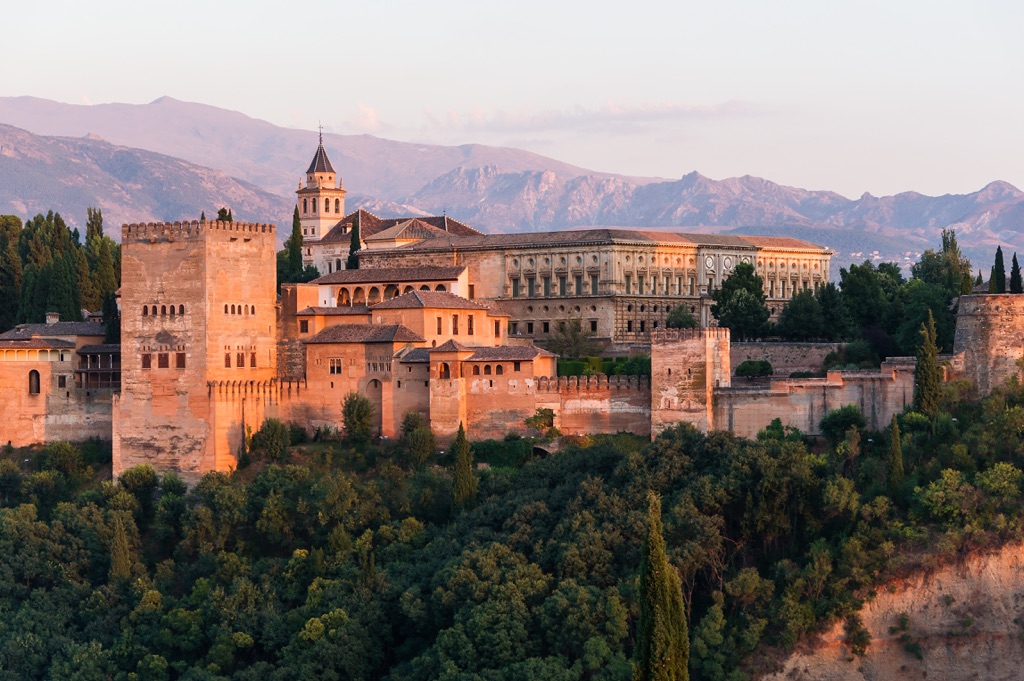The Alhambra: A Historical Overview
The Alhambra, a palace and fortress complex located in Granada, Andalusia, Spain, stands as a monumental testament to the rich Islamic architecture and the cultural heritage of the region. Its construction began in 1238 AD under the directive of Muhammad I Ibn al-Ahmar, the founder of the Nasrid dynasty, marking the commencement of what would become the last Muslim state in Al-Andalus. The choice of location on the Sabika hill was strategic, leveraging the natural fortifications provided by the Sierra Nevada and continuing the legacy of earlier fortresses and palatial structures that had occupied the site.
Get your dose of History via Email

Origins and Early History
The Alhambra’s early history is intertwined with the political and cultural shifts in the Iberian Peninsula. Prior to the Nasrid era, the Sabika hill had seen various fortifications, including those from the Roman and Visigothic periods. The first significant Islamic construction on this site was under the Zirids in the 11th century, who established a citadel as part of the Taifa of Granada. This period saw the construction of the Bāb al-Difāf and the establishment of a sophisticated water supply system, elements that would later be integrated into the Nasrid Alhambra.

Nasrid Period
The Nasrid dynasty, under Muhammad I and his successors, transformed the Alhambra into a palatial city, complete with all the amenities of a Muslim urban center. The most significant expansions and renovations occurred during the 14th century under Yusuf I and Muhammad V, who were responsible for the construction of the palace’s most iconic structures, including the Comares Palace and the Palace of the Lions. These rulers also enhanced the Alhambra’s water supply system, a critical feature given the complex’s elevated location.
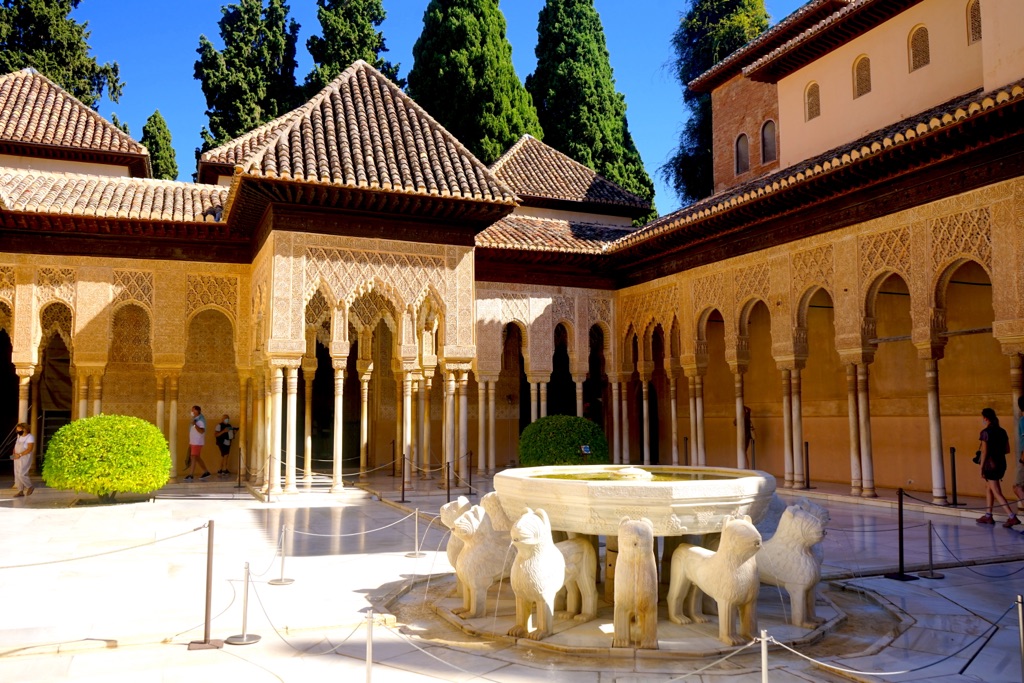
Reconquista and Christian Spanish Period
The fall of Granada in 1492 to the Catholic Monarchs, Ferdinand and Isabella, marked a new chapter in the Alhambra’s history. The complex saw modifications to accommodate Christian rulers, including the construction of the Palace of Charles V in the 16th century. However, the departure of the Nasrid dynasty and subsequent neglect led to the Alhambra’s decline until its rediscovery in the 19th century by Western scholars and travelers.
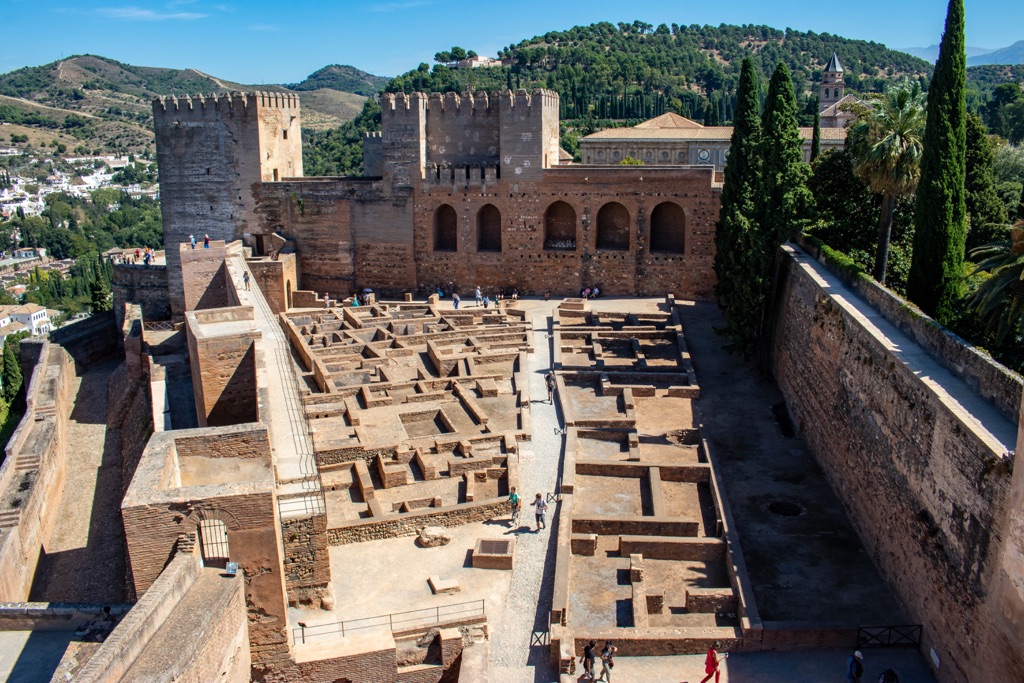
Recovery and Modern Restorations
The 19th and 20th centuries saw a renewed interest in the Alhambra, leading to extensive restoration efforts. Figures such as Washington Irving played a crucial role in bringing international attention to the site, while architects like Leopoldo Torres Balbás applied scientific methods to its conservation. Today, the Alhambra is a UNESCO World Heritage Site and one of Spain’s most visited monuments, celebrated for its architectural beauty and historical significance.
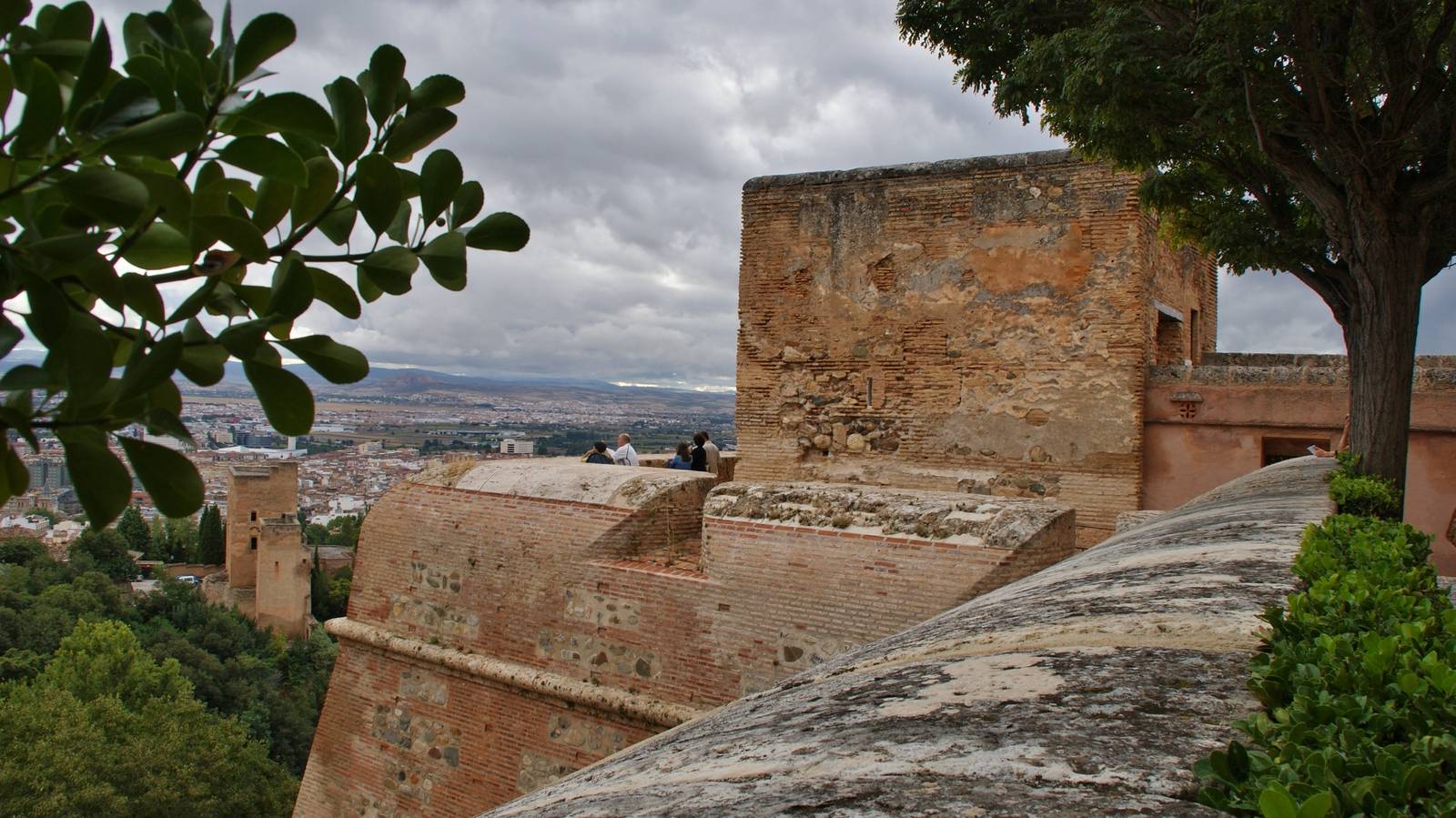
Architectural Significance
The Alhambra’s architecture is a testament to the sophisticated urban planning and artistic achievements of the Nasrid period. The use of courtyards, water features, and intricate decorative motifs in tile mosaics and carved stucco reflects a unique blend of form, function, and aesthetic. The complex’s layout, with its palaces, gardens, and fortifications, offers insight into the social and political structures of the time.
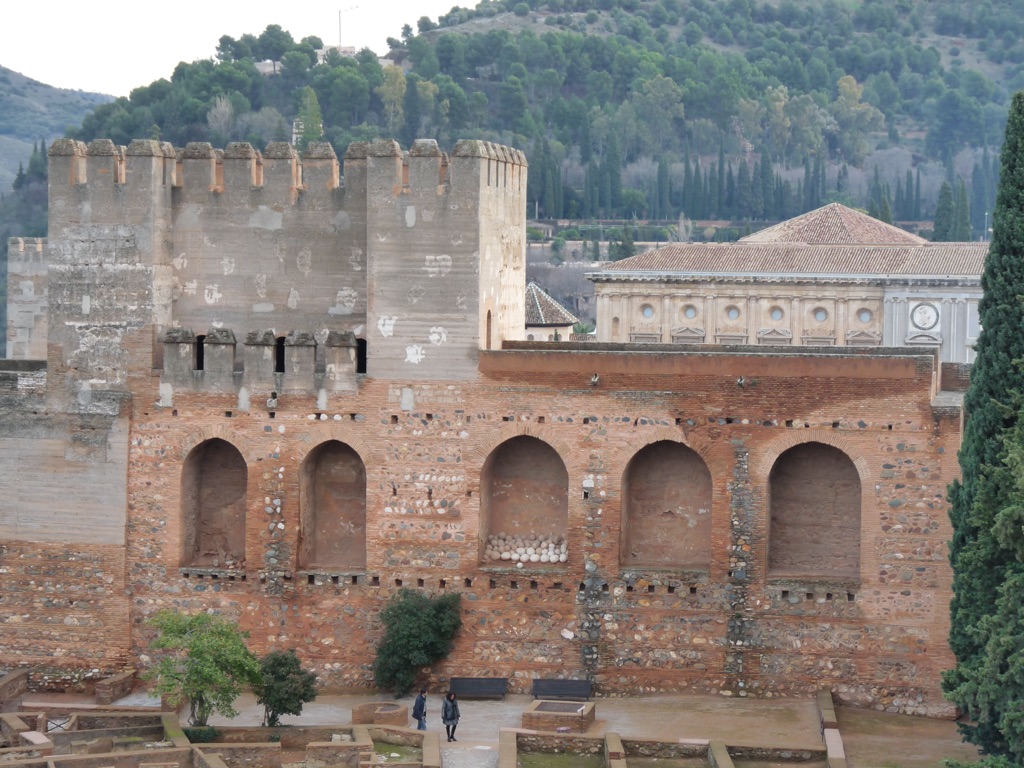
Conclusion
The Alhambra remains a symbol of the cultural and historical richness of Islamic Spain. Its preservation and study continue to offer valuable insights into the architectural and urban planning achievements of the Nasrid dynasty, as well as the complex’s role in the broader history of the Iberian Peninsula.
Sources:

